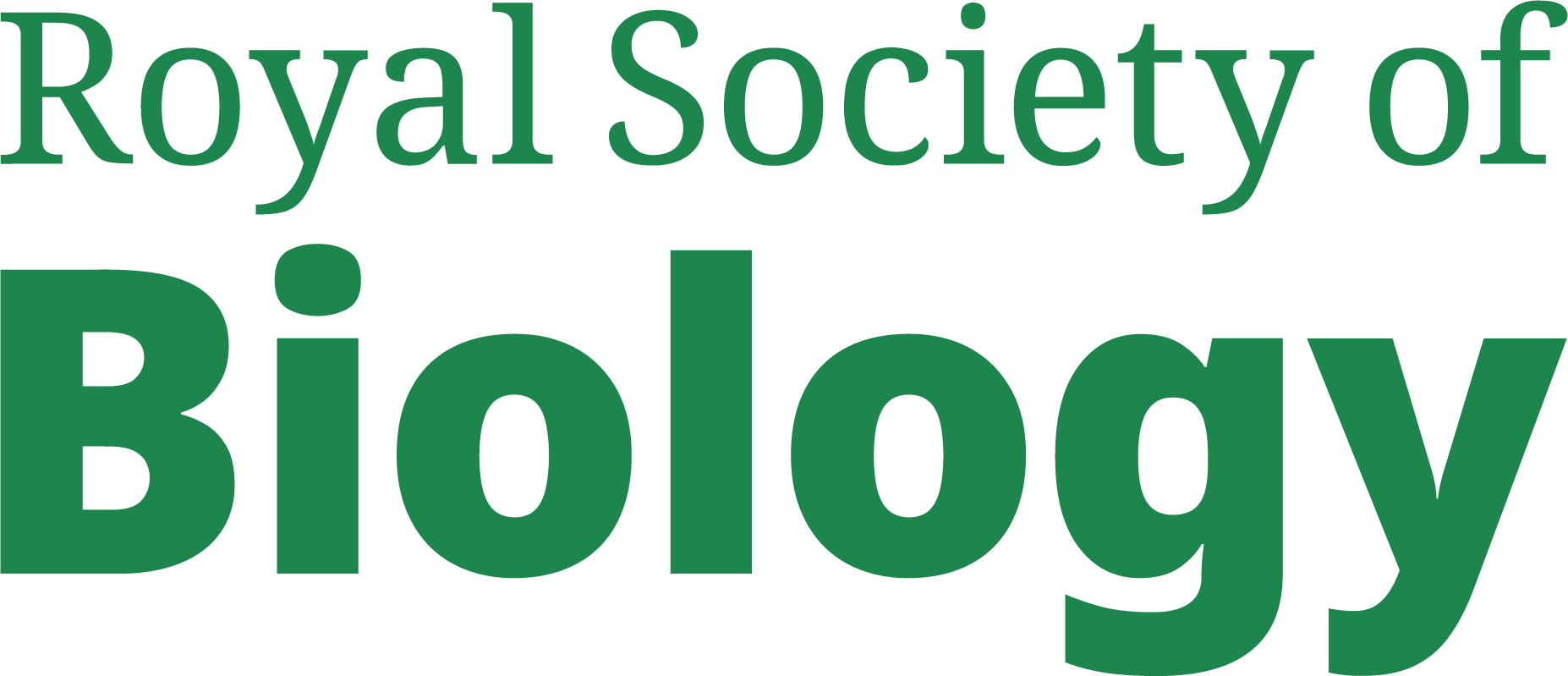News
2020 animal research national statistics released
- Details
- 16 July 2021
The Home Office has released the statistics of animal use in science in Great Britain for 2020, with data showing that the total number of procedures was down 15% compared to 2019, and was the lowest number since 2004.
There were a total of 2.88 million regulated procedures involving live animals completed in 2020.
1.44 million (50%) were experimental procedures, whilst the other half involved the generation or breeding of Genetically Altered (GA) animals. 92% of all procedures used mice, fish or rats.
Regarding experimental procedures, 53% were for the purpose of basic research, most commonly focusing on the immune system, the nervous system, and cancer; 33% were for regulatory purposes - an increase from 26% in 2019; and the remainder were mostly for applied research (14%).

All scientific procedures involving vertebrate animals, other than humans and cephalopods, must be performed under license and the use of animals must be recorded, together with an assessment of the severity levels, and published every year in accordance with the Animals (Scientific Procedures) Act 1986 amended 2012.
Dr Mark Downs CSci FRSB, chief executive of the Royal Society of Biology, commented:
“The use of animals in research plays an essential role in advancing our knowledge of biology and our understanding of diseases in humans and other animals.
“In the past year, SARS-CoV-2, a coronavirus of zoonotic origin, spread throughout the world causing a pandemic, which affected human health and livelihoods.
“The use of laboratory animals to model COVID-19 disease and to test the efficacy and safety of the vaccines must be highlighted today, as well as the effort carried out by UK life scientists and technicians to understand and counteract the virus.
“Our preparedness for future pandemics will depend on a reinforced commitment to restore wild ecosystems and to adopt a one-health approach for plant, animal and human health.
“The Royal Society of Biology supports the use of animals in research when no alternatives are available, and is committed to promoting openness and transparency in reporting the use of animals for scientific purposes”.
Professor Dominic Wells FRSB, chair of the RSB Animal Science Group, commented:
“The drop of 15% on the numbers for 2019 most likely reflects the restrictions imposed by the COVID-19 pandemic from March 2020, with many institutions delaying or stopping studies using experimental animals.
“The pandemic brought the research sector to a standstill but during the lockdowns animal care staff kept attending the facilities to look after the animals’ welfare; an essential duty carried out at a difficult time and the sector is very grateful for the dedication shown by these colleagues.
“Scientists quickly adapted to the situation in order to carry out important research and in many cases switched projects to work on COVID-19.
“Animals play a vital role in laboratory research on infection, pathology, efficacy of vaccines and therapeutics for emerging diseases, as discussed recently at the RSB Animal Science Group meeting”.
The severity of regulated procedures has been recorded since 2014.
Procedures are classed as “sub-threshold” when they do not cause suffering above the threshold for regulation, i.e. the procedure causes less than the level of pain, suffering, distress or lasting harm that is caused by inserting a hypodermic needle according to good veterinary practice.
A procedure of mild severity is the equivalent of an injection or having a blood sample taken, moderate severity is greater than transient pain, whilst a procedure is classed as severe if it causes a major departure from the animal’s usual state of health and wellbeing.
For experimental procedures, 14% were classed as sub-threshold, 51% were mild, 24% were moderate and 4% were severe. 7% were classed as ‘non-recovery’ (where the animal does not wake up after anaesthesia).
73% of procedures for the generation and breeding of GA animals were sub-threshold, with 23% being classed as mild, 2% as moderate and less than 0.1% being classed as non-recovery. The remaining 2% were severe.
For experimental procedures, 57% used mice, 13% used fish, 14% used rats, 9% used birds, 6% used other species and 1% used specially protected species.
For Procedures on GA animals, 86% used mice, 13% used fish, 0.7% used rats and 0.3% used other species.
The specially protected species are non-human primates, horses, dogs and cats, and applications to work with these species undergo additional scrutiny.
Members of the public can access a summary of each licensed research project when they are published on the Home Office website.
The UK continues to lead in implementing the EU legislative framework on the protection of animals used for scientific purposes, the most comprehensive and rigorous legislation in the world.
The Society supports the efforts of the scientific community to replace, reduce and refine animal experiments (3Rs) and also advocates transparency in reporting the justifications and outcomes of research involving animals.
The Society discusses issues related to animal science through its special interest group the Animal Science Group, and is involved in informing policy for the advancement of science and animal welfare as a member of the UK Bioscience Sector Coalition.

